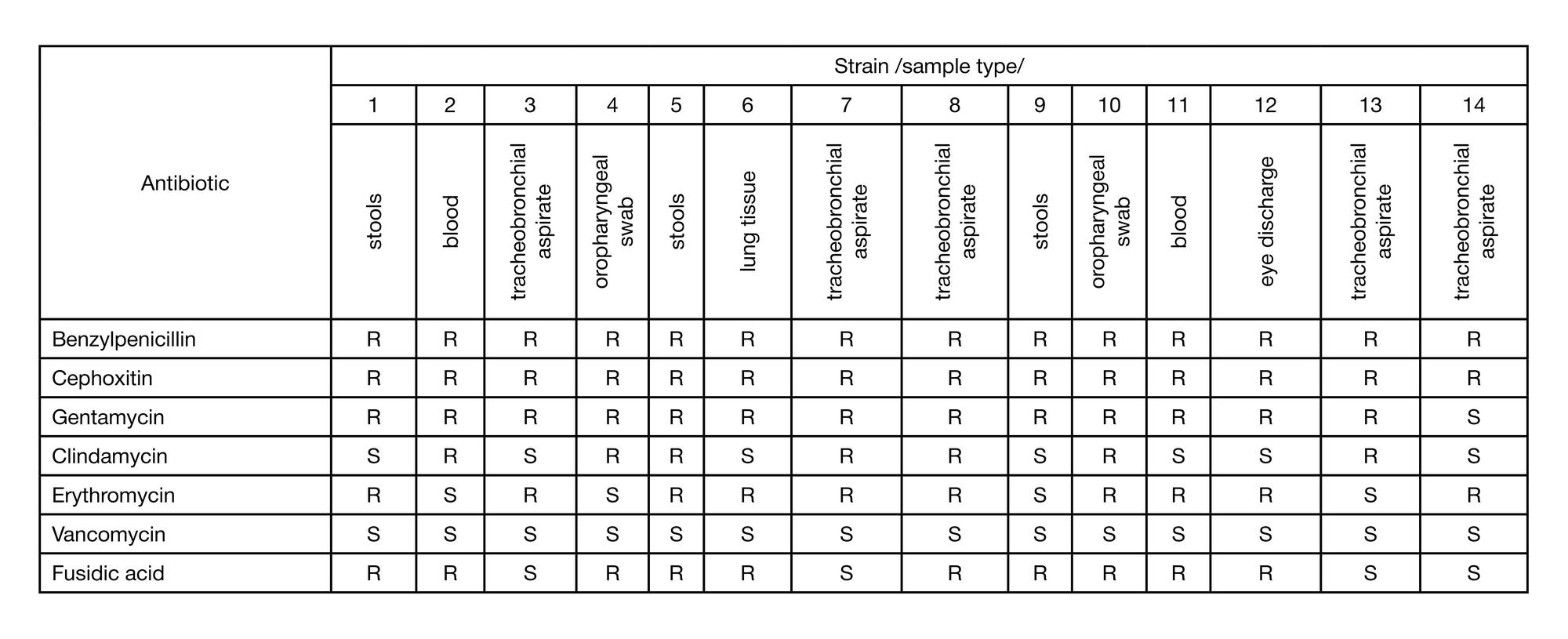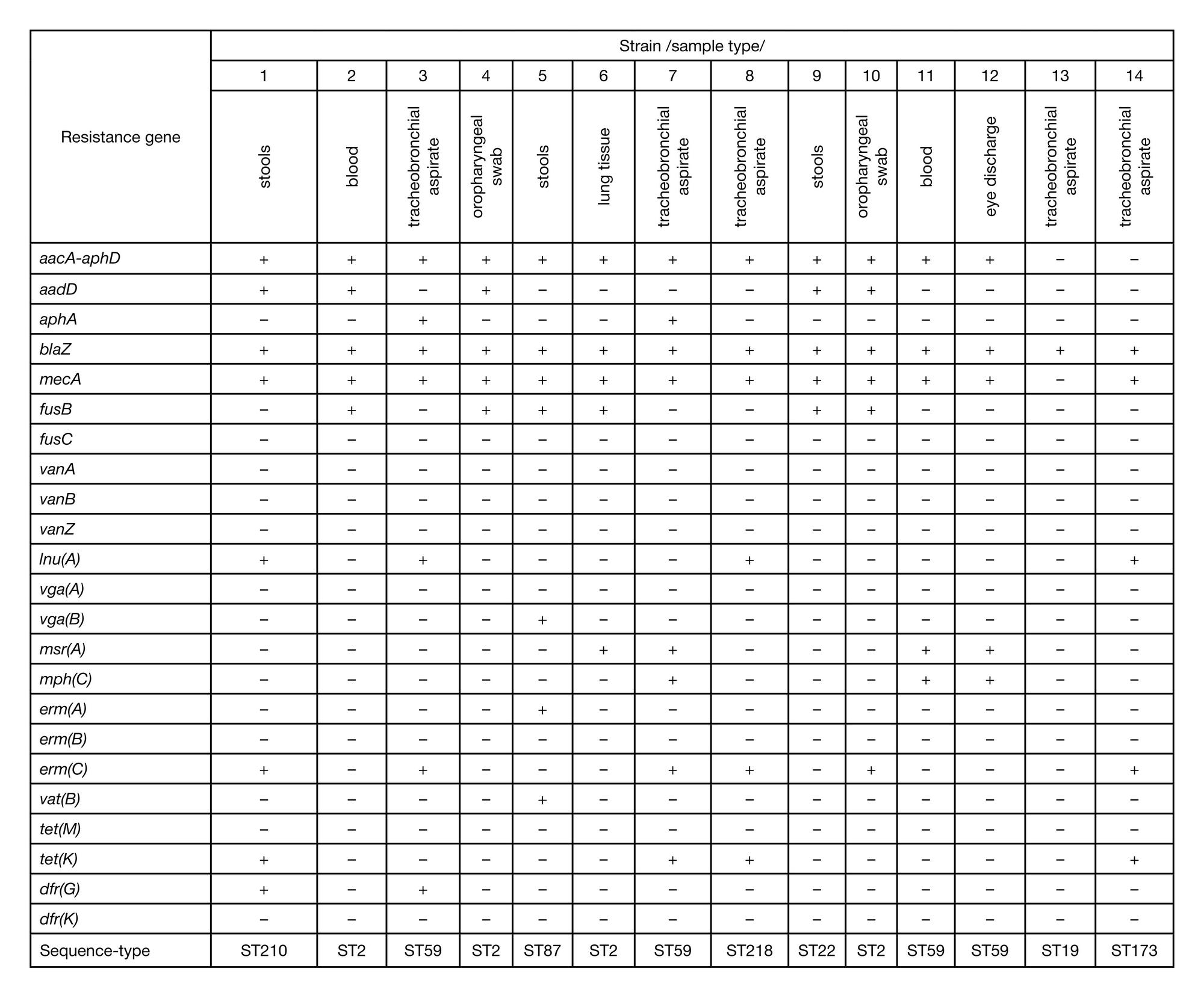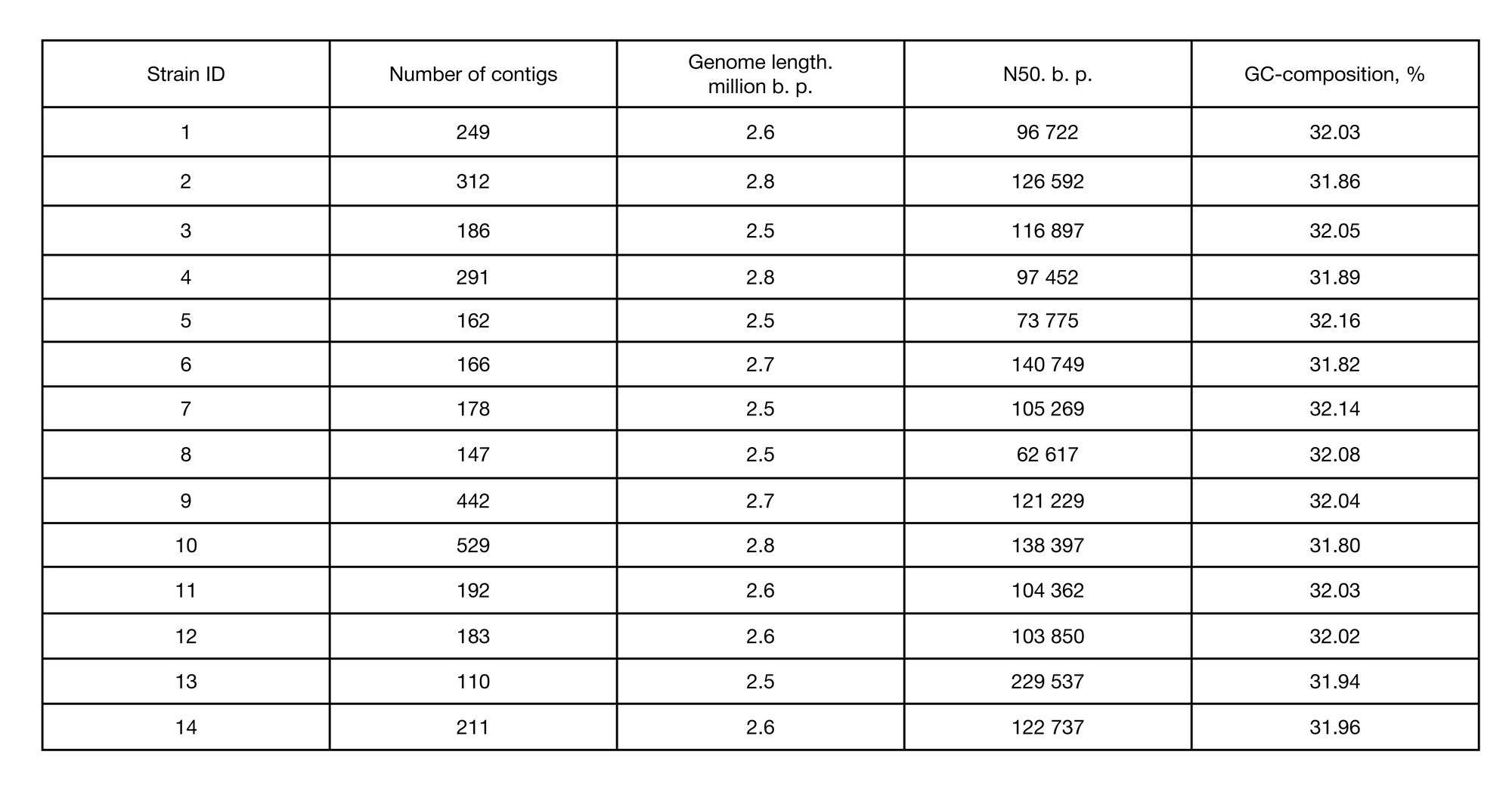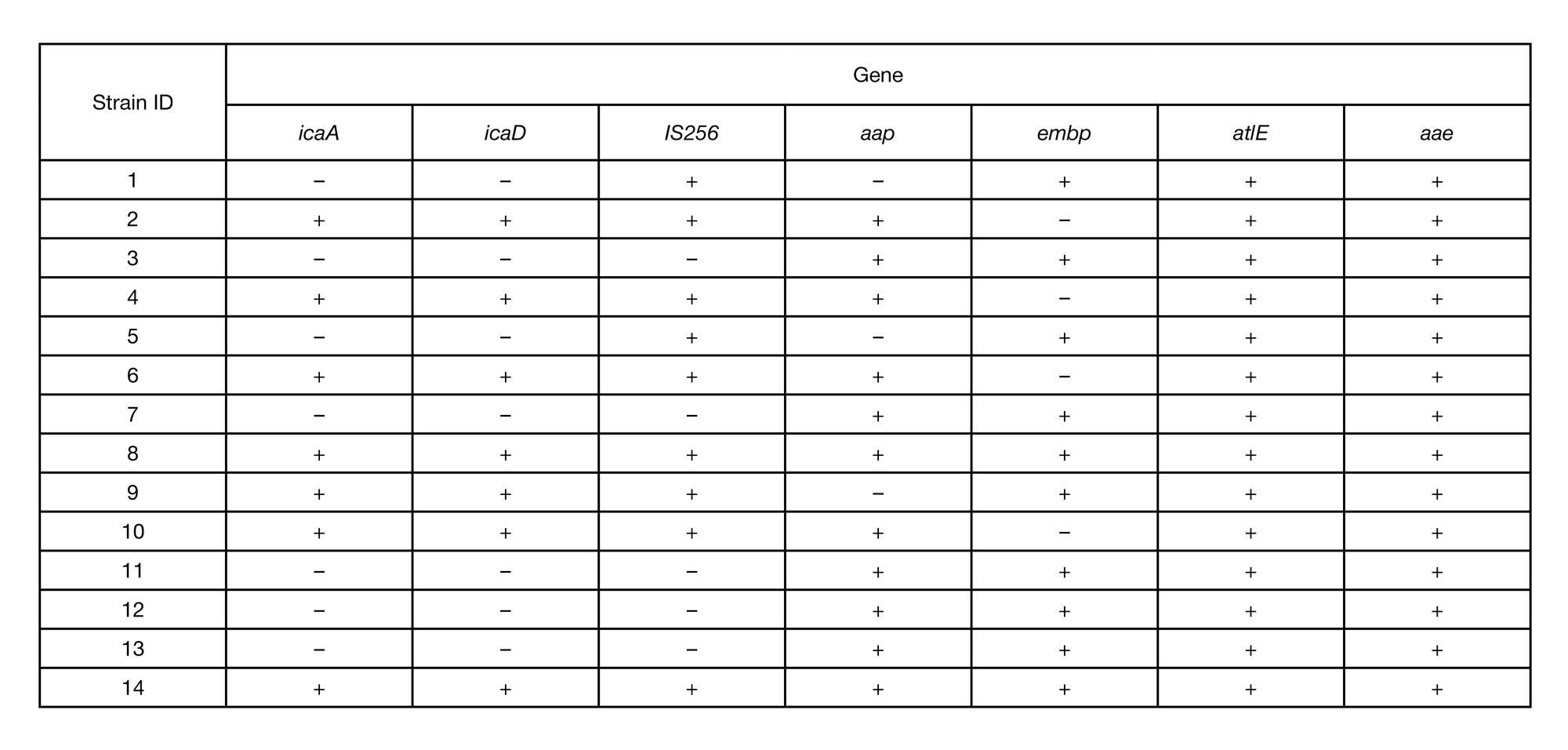
This article is an open access article distributed under the terms and conditions of the Creative Commons Attribution license (CC BY).
ORIGINAL RESEARCH
Genetic polymorphism of Staphylococcus epidermidis strains in patients of the Neonatal Intensive Care Unit
1 Department of Microbiology and Clinical Pharmacology,
Kulakov Research Center for Obstetrics, Gynecology and Perinatology, Moscow, Russia
2 Department of Clinical and Molecular Genetics,
Kulakov Research Center for Obstetrics, Gynecology and Perinatology, Moscow, Russia
3 Department of Neonatology and Pediatrics,
Kulakov Research Center for Obstetrics, Gynecology and Perinatology, Moscow, Russia
Correspondence should be addressed: Alexey B. Gordeev
ul. Akademika Oparina, d. 4, Moscow, Russia, 117997; ur.sertorp.agev@weedrog
Funding: this study was supported by the Grant Agreement No. 14.607.21.0019 of the Ministry of Science and Education of the Russian Federation
dated June 5, 2014 (ID 2014-14-579-0001-065).
Contribution of the authors to this work: Gordeev AB — bioinformatics analysis of nucleotide sequences, analysis of literature, drafting of a manuscript; Lyubasovskaya LA — micribiological studies, analysis of literature, data interpretation, drafting of a manuscript; Rodchenko JV, Dubodelov DV — microbiological studies, drafting of a manuscript; Mukosey IS, Kochetkova TO — whole genome suquencing and genome assembling; Nikitina IV — research planning, data interpretation; Ionov OB, Zubkov VV — research planning, organization of biomaterial sampling; Trofimov DYu — research planning, organization of whole genome sequencing; Priputnevich TV — research planning, organization of microbiological studies, data interpretation, drafting of a manuscript. All authors participated in editing of the manuscript.




